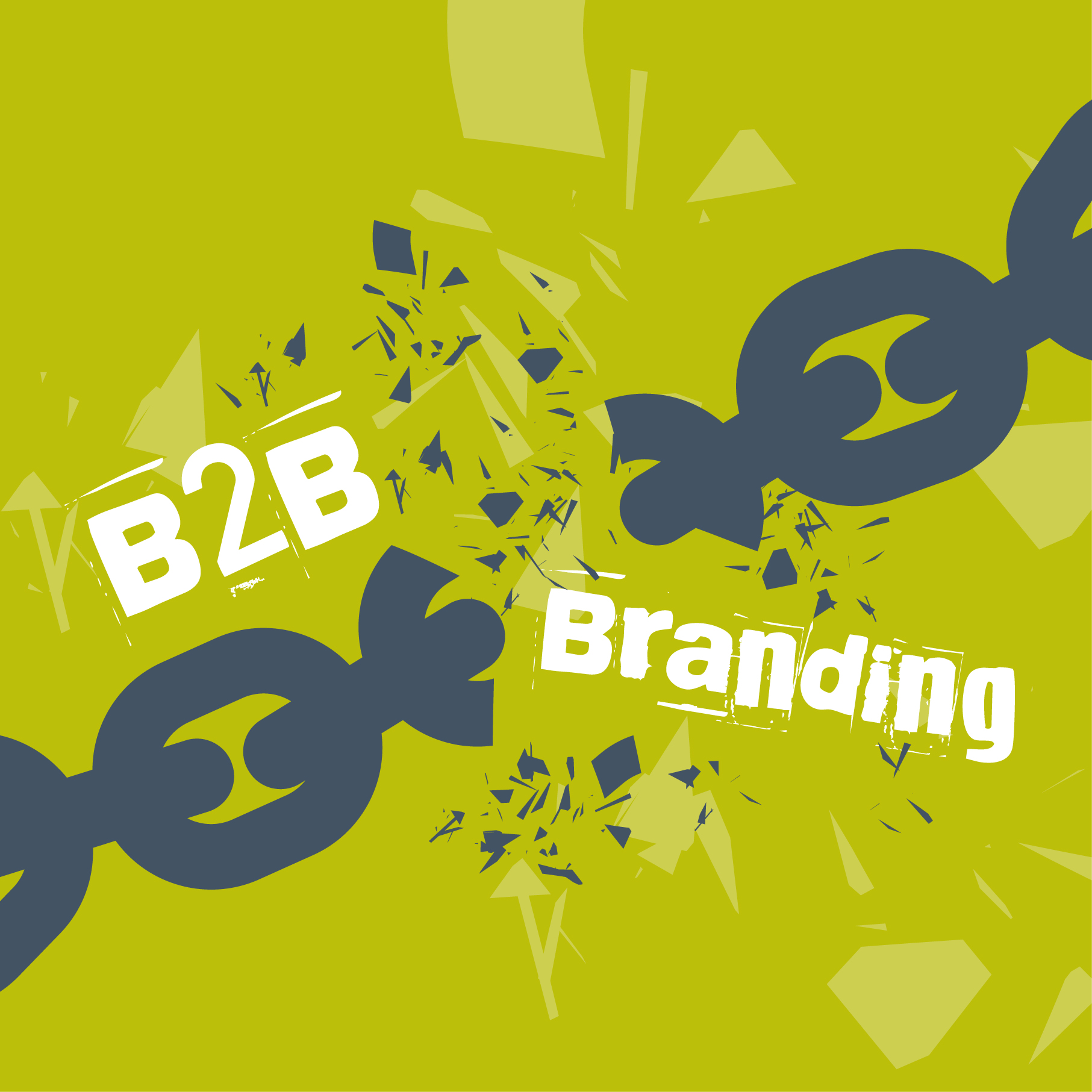
BRANDING - INTERNAL
Whoops, did we tell the staff?
One of the cardinal sins in periods of change is not communicating with your employees. You communicate frequently and effectively with your customers, but internal communication is often an afterthought or, worse, forgotten completely. It happens time after time, in every industry…or does it? Is this purely an urban myth? Do you tell them and they just don’t remember? Either way, it’s down to you.
Not only do you need to communicate, you need to communicate in a memorable, engaging and appropriate way which, ultimately, compels your employees to take action – and what’s more, you need to do it more than once. Would you expect every customer on your database to respond after receiving a single email? Then why should your employees be any different…they are your internal customers after all.
One reason such communications fall through the net is that the people running the transition are so heavily immersed in the project that they simply assume that everyone knows what’s going on. They forget that not everyone lives and breathes the changes, the copious meetings and project Gantt charts that you are privy to, day in day out – they're busy getting on with the jobs that you pay them to do. This oversight is relatively easy to address, but it’s undoubtedly easier to build communication in to the initial planning as opposed to having to back track and attempt to dispel feelings of discontent when employees feel forgotten about.
Not guilty? You HAVE communicated with your employees and told them what changes are afoot? Well done – give yourself a pat on the back…a small one… you get 3 out of 10. The questions now are how did you communicate, how many times and using which different mediums?
All people are different – it’s not rocket science to realise that some respond best to written communications, some need visual aids and others require some form of face to face and verbal interaction before they even start to listen to what you’re telling them. What’s more, employees rarely internalize change messages the first time they hear them. They may interpret business messages in relation to their personal implications and many of the key business messages you are trying to convey are lost. Messages often need to be repeated five to seven times.
While, in the majority of circumstances, profiling the personal preferences of your entire workforce may be unrealistic, ensuring you have covered all bases is entirely possible. It just requires a little thought.
In order for your changes to be successful they need to be adopted by your employees and become habitual. For things to become habitual they need to be accepted and understood. To be understood, the rationale behind the changes must be conveyed.
So, communication is important…but communicating in an appropriate, relevant and timely manner is vital.
<<< Back to Blog


